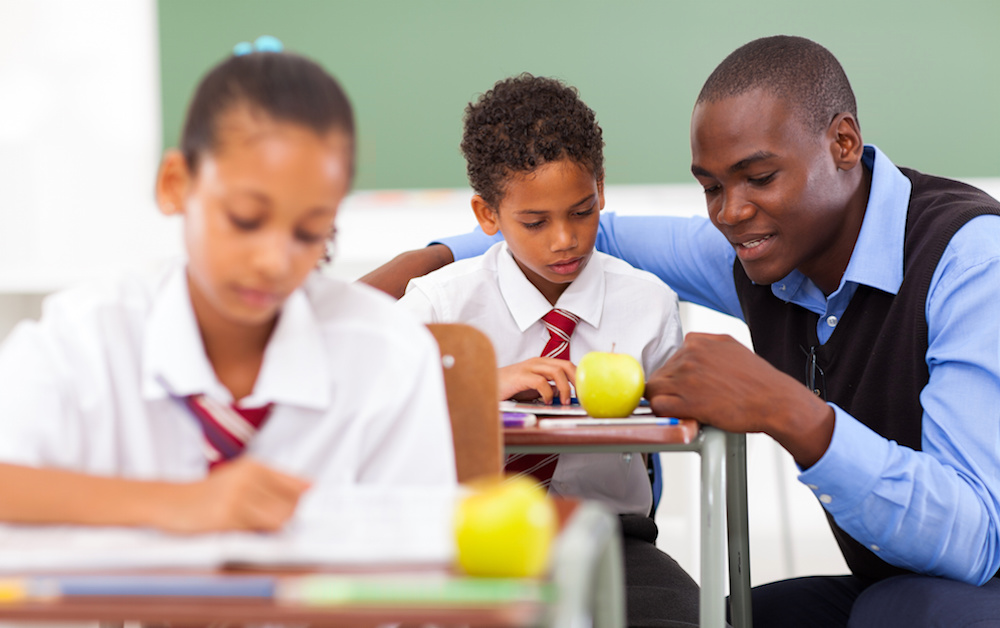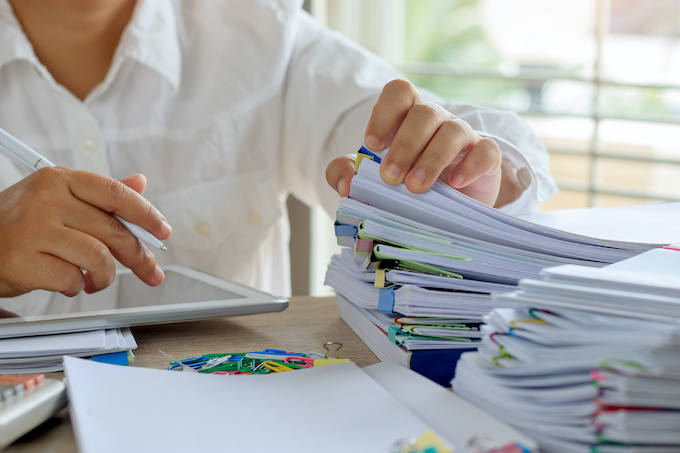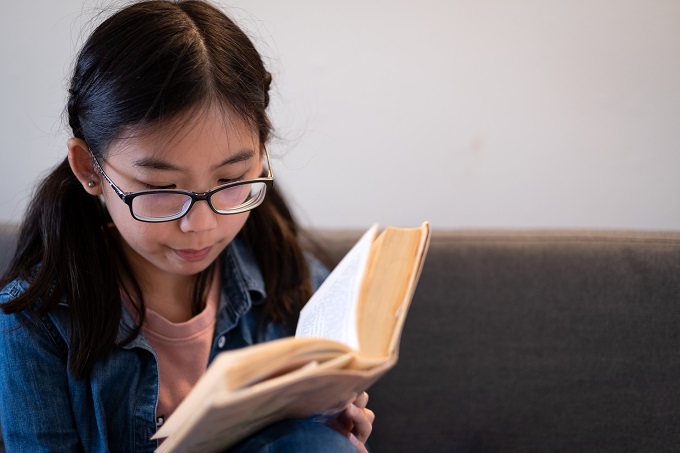
Data related to students’ evaluation of their school experience clearly shows that positive teacher-student relationships are closely related to high-quality teaching and learning, and to a positive school climate. These positive relationships promote inclusion and support students to:
Read the latest print edition of School News HERE
- feel a sense of belonging at school
- have reduced school anxiety
- improve their mental health and well-being
- be more engaged with their learning, leading to improved academic outcomes
- develop their social-emotional skills.
Building what is known as ‘referent power’ with your students has been shown to be a constructive means to build positive teacher-student relationships and, importantly, to change students’ off-task behaviour when it occurs.
But how do we build positive relationships with our students?
In 1959, social psychologists John French and Bertram Raven studied the complex nature of social power. French and Raven defined power in terms of its influence on a person, which is produced by another social agent and can be a person, a role, a norm, a group, or a part of a group. They determined that there were five bases of power: reward, coercive, legitimate, referent, and expert. Later work from Raven added a sixth base of power: informational.
Of these power bases, referent power is the one that will help you as a teacher to lead positive classrooms – it is the basis of an educative approach to behaviour management. Referent power is defined as a feeling of oneness with another. It is a relational power base.
In simple terms, referent power is power that stems from a teacher’s ability to inspire and influence their students. Unlike the other social power bases, the influence of this power base comes from the extent to which students admire, respect, and connect with a teacher.
Referent power can’t be forced or assigned. Instead, it is acquired over time. For some of your students, it might take a lot of persistence over a long period of time to build referent power with them.
Having referent power with a student creates a sense of unity and allows for influence (e.g. behaviour correction) to occur through respect and dialogue.
Picture a student who feels a strong personal connection to their teacher, talks with them frequently, and receives more constructive guidance and behaviour specific praise than criticism in the classroom. This student is likely to trust the teacher more and show more engagement in learning (assuming that the content material of the class is engaging, age-appropriate and well matched to the student’s abilities).

The following are two strategies that I use to build referent power with my students.
1. Life-story narrative
I’ve always championed the secondary students that I teach getting to know me and who I am outside of the classroom. I have a whole range of interests that I think are pretty cool – building recycled timber furniture, cycling and writing books to name a few.
At the start of each new class, I have often shared a short PowerPoint presentation to students about my life. The presentation has photos of me engaging in my hobbies, my favourite books, places in the world that I have visited, and photos of those who mean the most to me – my family and friends.
I speak to these photos with passion and explain how they all culminate together in who I am as a person – a father, a brother, a son, a friend, a teacher and a colleague. There is a certain vulnerability in letting students into your life in this way, but it is a great way for them to know a little about you and what drives you. This in turn invites students to connect with you on many different levels.
2. The 2×10 strategy
This is a great strategy to employ when you want to better connect with a specific student, especially those exhibiting challenging behaviour. The process is simple: allocate 2 minutes per day for 10 days (in a row if possible) to talk with the student about their interests.
In some settings this might be easier than others. For example, it might take more effort to do if you are a secondary teacher and only see the targeted student once a week. In this case, it will take some problem solving to make the strategy work, but it is worth the effort.
Gragg and Collett (2023) examined teachers’ perceptions of the impact of the 2×10 strategy on improving a targeted student’s behaviour. Results showed that using the 2×10 strategy changed teachers’ perceptions of the targeted student, which influenced how they viewed the student’s off-task behaviour, and how they used pedagogical interventions to support the student’s learning.
The two strategies above can be used by teachers to build referent power with students, which helps build positive classrooms.
Christopher Hudson is a passionate educator drawing upon experience as a teacher and leader in government schools in Victoria, Australia. However, his journey into education has not been a linear one and he has worked across multiple sectors and in different roles prior to entering education. His book, Leading Positive Classrooms, is publishing through Amba Press.
This article was first published by the Victorian Academy of Teaching and Leadership on January 30, 2024







